#michael mann

Heat (1995)
Lag Time: 21 years
Dir. Michael Mann
Starring: Al Pacino, Robert De Niro, Val Kilmer
Heat is arguably the crown jewel of crime cinema. Rarely are crime dramas executed with such care and precision. And rarely do they ascend to the category of “important.” This one has the cinematic and narrative chops to earn that title. Heatcan really be viewed as a crime epic, for a variety of reasons not the least of which is its run-time and sheer sense of scope. At the immediate center of the story: a thrilling face-off between two equally-matched and fearsome forces – cop and criminal – that feels incredibly human. The media certainly leaned on the Pacino-De Niro dynamic to sell the film, and rightly so. However, the film’s brilliance and power stems from the fact that this showdown means so much more. The story evolves from the deadlock between two men on opposite sides of the law, but the point of the story is that the ensuing battle engulfs all that they carry with them. Spoilers follow.
For a film and plot driven by violence,Heat is refreshingly critical of the violence it depicts. This is where the film’s heart lies, and where it stands out against lesser films. It refuses to trivialize the violence it relies upon at every turn, and this is where it becomes apparent that this film is really about the collateral damage incurred by a conflict that seems to be between two men. It condemns the violence in how it handles character deaths. It is a very patient film in that it takes great pains to make the deaths in the film mean something, to let them be felt, and it does this with a couple of devices: one of them more narrative and one of them more structural.
The primary force behind the film’s awakening to collateral damage is the dominant themes of family and relationships. Like I said, the conflict between Pacino’s and De Niro’s characters consumes everything about their lives, including the other lives connected to them. They bring networks of souls with them to the literal table when they sit down face to face over coffee in a tiny diner. This is one reason this film is really a drama first and thena crime genre film. The family lives of not just these characters but of so many of their associates are brought front and center. Heatspends ample time exploring the personal lives of these families so that when Lieutenant Hanna (Pacino) and McCauley (De Niro) butt heads, you truly feel all that is at stake. It builds up care both ways. You know that family members will be in the line of fire, something that begs for the violence to stop. But it also makes the deaths of combatants much more powerful. A secondary cop character gets shot down, the camera lingers, and the death resonates because you came to know that character by seeing his family life, and you know by name the family he is leaving behind.
Operating with the family theme is how the movie structurally elevates what we could call “periphery deaths” to true moments. This goes beyond how the family element makes the death of a cop carry impact. This is about the film giving story to characters who seem on the surface not to matter. The most important character here, for me, is Dennis Haysbert’s. His first scene shows him applying for his first job out of prison, as a fry cook. We can tell the scene is setting something up, but we’re not sure what. A second scene shows his wife supporting him through his transition back to society as he questions his own value; at this point, we are officially questioning his character’s relevance to the Hanna/McCauley drama which is already stretching on quite long. Finally, we get the relevance. McCauley knows him. He comes in to the diner to recruit him as their getaway driver, because the cops are onto their usual driver. Haysbert’s character quits his terrible fry cook job on the spot and steps back into a life of crime. Then, the getaway. At the start of the climactic shoot-out scene, they begin to speed off from the scene of the crime with Haysbert behind the wheel, and he very quickly becomes the first casualty of the action. Four scenes, two of them unconnected to the main conflict, to set up a character who dies almost immediately upon his entry into that main conflict, when there was already a getaway driver introduced in the story. They did not need to set the heat upon the first driver. They could have made him entirely available. So why did they add onto the long runtime to set up a seemingly unnecessary character who would be slaughtered on the spot? Whatever the original intention, you have to admit: you feel something when that driver dies. You get to know his wife, you come to care for the two of them through the care they show for each other, you cheer for this “peripheral” character as he works his way back to a normal life, and as soon as the main conflict draws him in, his life and all its newfound hope comes to an end. Much ado about a minor character whose usefulness in the plot is questionable. But it makes you hate the violence.
A similar moment occurs when one of the wild card criminal characters kills a young prostitute he encounters. You don’t see the death on screen. But you see a prelude to it between the two of them, and you see the crime scene afterwards. Yes the scene itself serves to reintroduce us to the criminal character. But the post-crime scene quickly escalates when, as with the other characters, the young woman’s family arrives on the scene. Family comes into play once again, but the most notable device at work here is the score. Most of the film’s score so far has been very electronic and minimal, and music for similar procedural-type scenes might even be absent. Here, composer Elliot Goldenthal develops a searing string threnody as Hanna comforts the grieving mother. A character who received less than a minute of screen-time in a scene which, again, feels entirely accessory to the main drama, earns the most impassioned musical statement of the film. Why? Because death matters.
Periphery character deaths are turned into cinematic moments because death matters. Death happens. It consumes bystanders, people who have nothing to do with the main drama at hand. Even characters who get caught up in the drama, as with Haysbert’s, matter when they die. The film focuses not just on the families of the central characters, but on those of characters who seem at first like dead-weight in the plot. The film very painstakingly shows us that violent crimes all too often claim more victims than is “fair,” and that those victims are more than just bodies that drop when the climax gears up. The film’s many very intentional choices regarding narrative, structure, and even music give lives to those who die. This is how the film indicts the violence it makes a spectacle out of, as a crime film. I could not help but feel some resonance with Shakespeare’s Romeo and Juliet. While the two central characters can hardly be said to be in love, although another critic is welcome to look at this film through that lens, the story reveals a greater conflict between two houses where senseless violence takes a great toll. The point is that the body count grows higher than it has any right to be, and by making the viewer painfully aware of that, the film holds its mirror up to nature.

Christian Bale at press conference for Public Enemies at the Peninsula Hotel in Chicago, Illinois (June 19, 2009)
Re: Christian Bale as Melvin Purvis in Public Enemies (2009) dir. Michael Mann

Collateral | Michael Mann | 2004
Dante Spinotti, 1st AD Herb Gains, Dennis Farina, William Petersen and Michael Mann on the set of Manhunter.
Post link
Heat (Michael Mann, 1995), Collateral (Michael Mann, 2004): It occurred to me recently that both Heat and Collateral have the same ending.
Cornered near or on a form of transport, a face off between two foes, and a gun fight. The antagonist has the jump but a moment of luck in the environment saved them: In Heat the lights produced a shadow, in Collateral the lights went out in the train car. Both antagonist die slumped in a seating position.
Post link

“Let’s take it to the limit one more time”
It’s strange to think that any film by a director as renowned as Michael Mann could be, for want of a better word, ill-received, but this was the case with Miami Vice, a film that split audiences right down the middle and one that even hardened Mann fans seem to ignore. After seeing the film, however, this reaction is proven to be, somewhat surprisingly in the circumstances, utterly absurd and, quite simply, not true – at least not as true as the general critical reaction suggests.
Miami Vice is the story of two detectives in Miami who go undercover to fight both the illegal drug trade, and eventually their personal connections to the case. On paper, this sounds like the premise to a relatively generic action film, and, to an extent, that’s what Miami Vice is. It’s a simple enough story, and one that’s certainly been told before. But that’s not what Mann’s concerned with. He’s trying to impress his elegant, virtuosic style on the film, and stylistically is where Miami Vice really shines. The problem is, it does so at the expense of narrative coherence.
Narratively speaking, Miami Vice is a convoluted and often incoherent film, and Mann seemingly abandons exposition as soon as he establishes the character’s names. Now, this isn’t necessarily a problem, but it does make the film an occasionally baffling experience – never too much so, but at least enough to notice.
But, then again, Mann isn’t interested as much in the story as he is the overall picture, and, as shamelessly hyperbolic as this is, Miami Vice is surely one of the most dazzlingly beautiful films of the past decade. The digital cinematography is exquisite throughout, and Mann’s stunning compositions burst from the screen. And let’s face it, no one knows how to shoot a gunfight better than Michael Mann, do they?
It’s not particularly difficult to see why critics didn’t fall for this film in the same way as they fell for Heat orCollateral, but to write Miami Vice off as “minor Mann” would be a massive oversight. No, it’s not his best film, and it’s certainly not his easiest, but there’s still a huge amount to admire about Miami Vice.

“I’m alone, I’m not lonely”
These five words suggest the dichotomy at the heart of Heat, Michael Mann’s LA crime-opus: are a man’s personal sacrifices worth the successes they may bring in a professional capacity? Mann’s exploration of this duality is the basis of the film, and it’s primarily through his creation of character that he is able to explore this so successfully, and, rather surprisingly, so poignantly.
Mann paints his characters with such depth that he blurs the lines between right and wrong, and the audience wants both sides to win - or, rather more aptly, the audience wants neither side to lose. By showing us the humanity in both De Niro’s master criminal McCauley (who intervenes when the wife of his friend (and partner-in-crime) begins an affair with a liquor salesman) and Pacino’s detective Hanna (who plays the surrogate father to his third wife’s young daughter), Mann invites us into both of their worlds, making them more than just cop and criminal - they are characters to root for and, above all, they are men.
They are men juggling personal crises with the pursuit of professional gain, yet neither of them seem to be able to handle it. It’s a sympathetic, noble pursuit for both characters, and it’s to Mann’s credit that he can imbue them with such humanity and sympathy that they’re worth rooting for - particularly a character as naturally at odds with an audience as McCauley.
But that’s what makes Heat such a compelling film. Mann creates a moral dilemma - not unlike the one the characters are facing - for the audience: why should we care about McCauley? He’s the villain here. But we do, because he’s such a wonderfully complex, maybe even relatable (at a base level, anyway) character. At least he is to Hanna - he sees him as an intellectual equal (notably in one extraordinary diner sequence, when the two come face to face).
But as Hanna and McCauley continue their unrelenting game of chess, and their personal lives begin to deteriorate around them, their quasi-tragic battle of wits becomes something of an obsession - or maybe even an escape from their failing personal lives. But it’s McCauley’s who blinks first, and once his insatiable desire for revenge kicks in, his charade of a happy ending begins to unravel The battle of wits descends into a cat and mouse chase, and, finally, inevitably, Hanna gets his man, and the two men acknowledge their respect for each other with one last, profoundly emotional handshake.
But even as McCauley’s life ebbs away at the victorious hands of Hanna, one question remains: was the battle worth the sacrifice? The answer remains more complicated than a simple yes or no, but when you’re playing the game for the thrill of the chase, barbecues and ballgames seem like little of an alternative when the excitement of bank heists and gun fights are never too far away.
NEWS:Adam Driver, Penélope Cruz & Shailene Woodley Set To Star In Michael Mann’s Passion Project ‘Ferrari’; STX Inks Big Domestic Deal & Handles Int’l — EFM
We can reveal that Oscar nominee Adam Driver, Oscar winner Penélope Cruz and Emmy nominee Shailene Woodley are newly aboard for the big-budget biopic of racing mogul Enzo Ferrari.
Star Wars and House Of Gucci actor Driver is replacing Hugh Jackman in the title role while Parallel Mothers star Cruz will play Enzo’s wife Laura. Big Little Lies star Woodley will play mistress Lina Lardi. Four-time Oscar nominee Mann is gearing up for a May start in Italy.
Source:Deadline
Post link




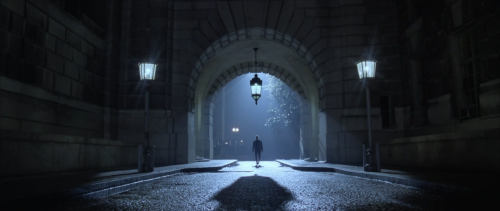



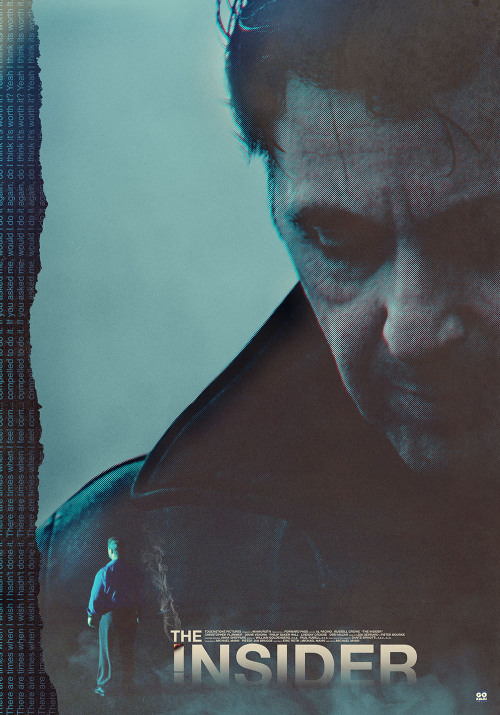









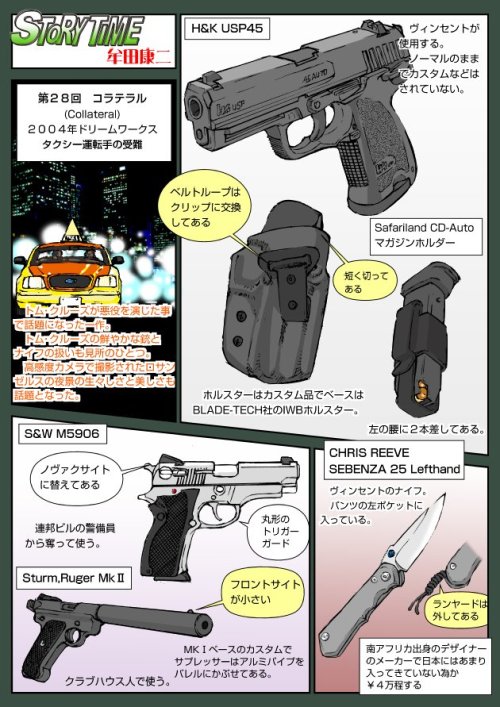
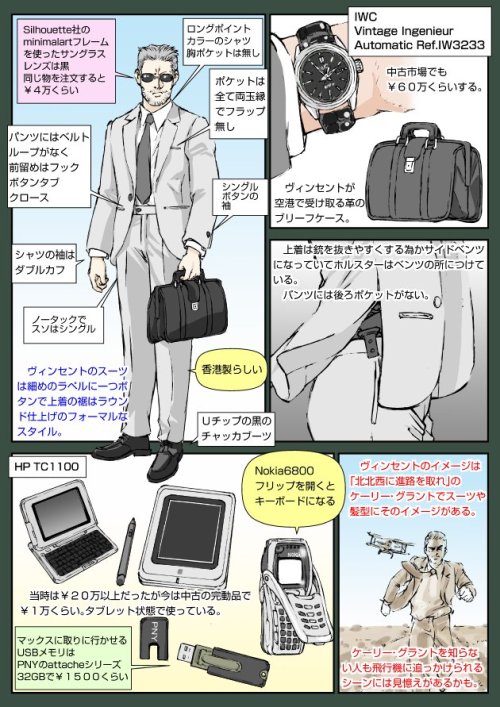
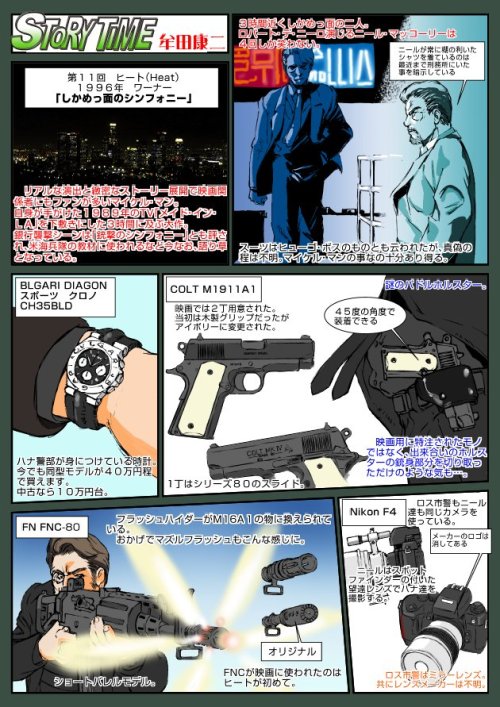






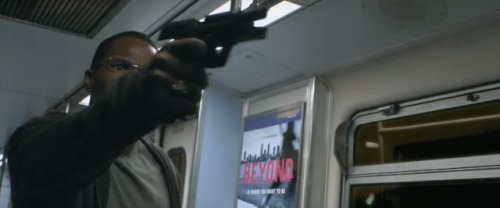



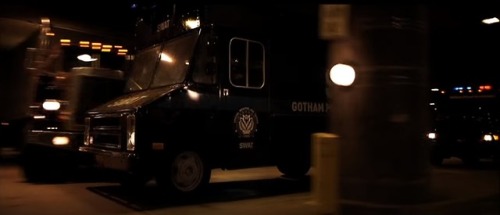


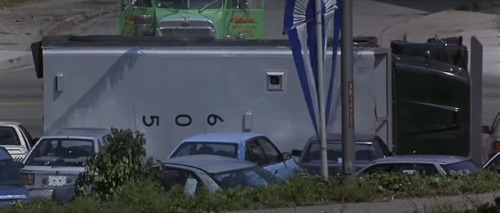
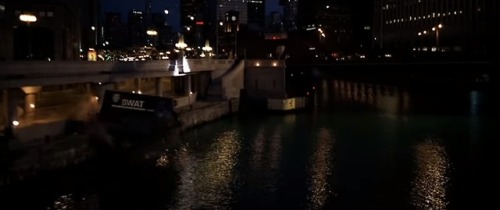
![Manhunter [ 1986 ] Dir: Michael MannDoP: Dante Spinotti Manhunter [ 1986 ] Dir: Michael MannDoP: Dante Spinotti](https://64.media.tumblr.com/3caf5f59fb7ad8d75ff44e9abe5e7ea0/tumblr_nb567esxVz1st09ivo1_500.jpg)
![Manhunter [ 1986 ] Dir: Michael MannDoP: Dante Spinotti Manhunter [ 1986 ] Dir: Michael MannDoP: Dante Spinotti](https://64.media.tumblr.com/b7d7dd8e02072105b4ce7d760306dbf2/tumblr_nb567esxVz1st09ivo2_500.jpg)
![Manhunter [ 1986 ] Dir: Michael MannDoP: Dante Spinotti Manhunter [ 1986 ] Dir: Michael MannDoP: Dante Spinotti](https://64.media.tumblr.com/934c8500afc7b674a813c49be24bec3e/tumblr_nb567esxVz1st09ivo3_500.jpg)
![Manhunter [ 1986 ] Dir: Michael MannDoP: Dante Spinotti Manhunter [ 1986 ] Dir: Michael MannDoP: Dante Spinotti](https://64.media.tumblr.com/49b0de6cd8462f07413184a17d496ee5/tumblr_nb567esxVz1st09ivo4_500.jpg)
![Manhunter [ 1986 ] Dir: Michael MannDoP: Dante Spinotti Manhunter [ 1986 ] Dir: Michael MannDoP: Dante Spinotti](https://64.media.tumblr.com/85c424dad485d93aef9e4ce0c506b364/tumblr_nb567esxVz1st09ivo5_500.jpg)
![Manhunter [ 1986 ] Dir: Michael MannDoP: Dante Spinotti Manhunter [ 1986 ] Dir: Michael MannDoP: Dante Spinotti](https://64.media.tumblr.com/bad551f709d13c0f1ee2ec92ceeb884a/tumblr_nb567esxVz1st09ivo6_500.jpg)
![Manhunter [ 1986 ] Dir: Michael MannDoP: Dante Spinotti Manhunter [ 1986 ] Dir: Michael MannDoP: Dante Spinotti](https://64.media.tumblr.com/5bc38fc650b2081f7287581fed0ca9c6/tumblr_nb567esxVz1st09ivo7_500.jpg)
![Manhunter [ 1986 ] Dir: Michael MannDoP: Dante Spinotti Manhunter [ 1986 ] Dir: Michael MannDoP: Dante Spinotti](https://64.media.tumblr.com/c39965cb9648eb013ea71b0c8592efd3/tumblr_nb567esxVz1st09ivo8_500.jpg)
![Manhunter [ 1986 ] Dir: Michael MannDoP: Dante Spinotti Manhunter [ 1986 ] Dir: Michael MannDoP: Dante Spinotti](https://64.media.tumblr.com/904e346ad8db17081b7478d454657fe6/tumblr_nb567esxVz1st09ivo9_500.jpg)
![Manhunter [ 1986 ] Dir: Michael MannDoP: Dante Spinotti Manhunter [ 1986 ] Dir: Michael MannDoP: Dante Spinotti](https://64.media.tumblr.com/306e686d393beb45ca4611db1480476d/tumblr_nb567esxVz1st09ivo10_500.jpg)
